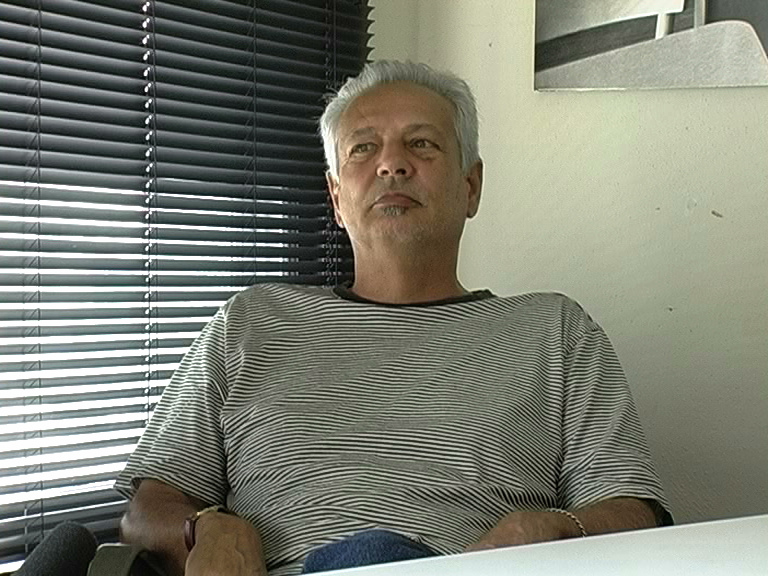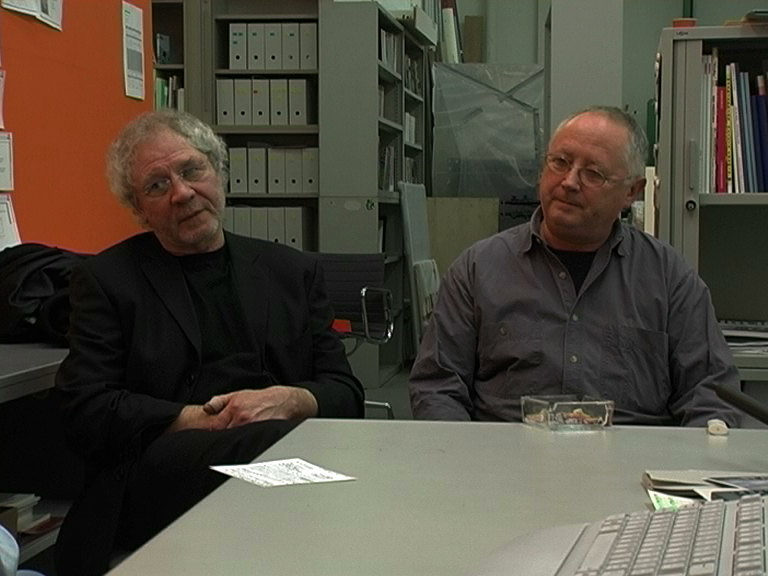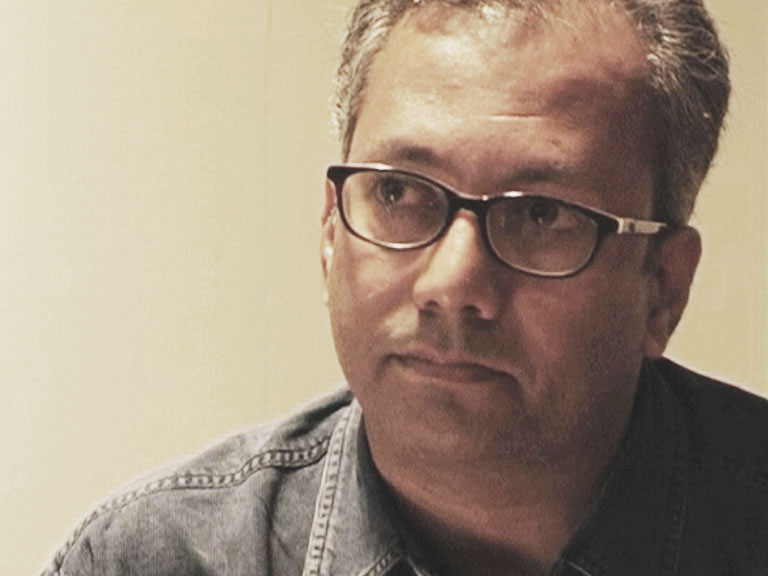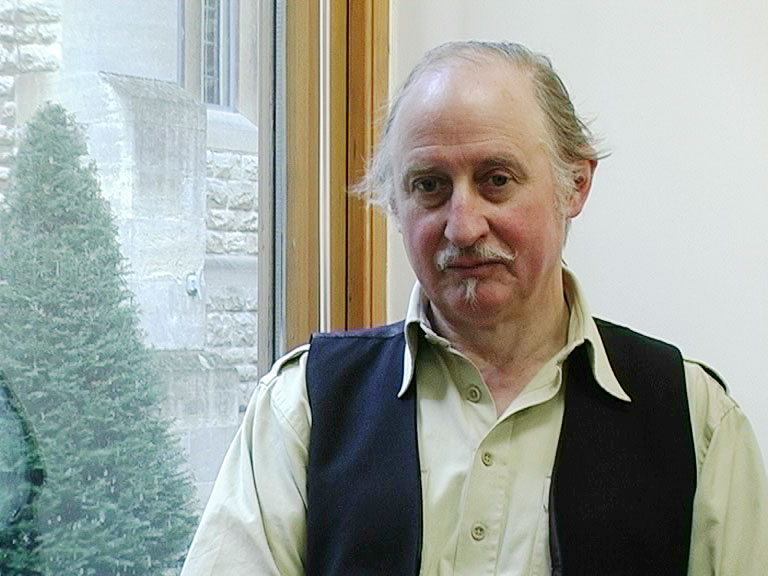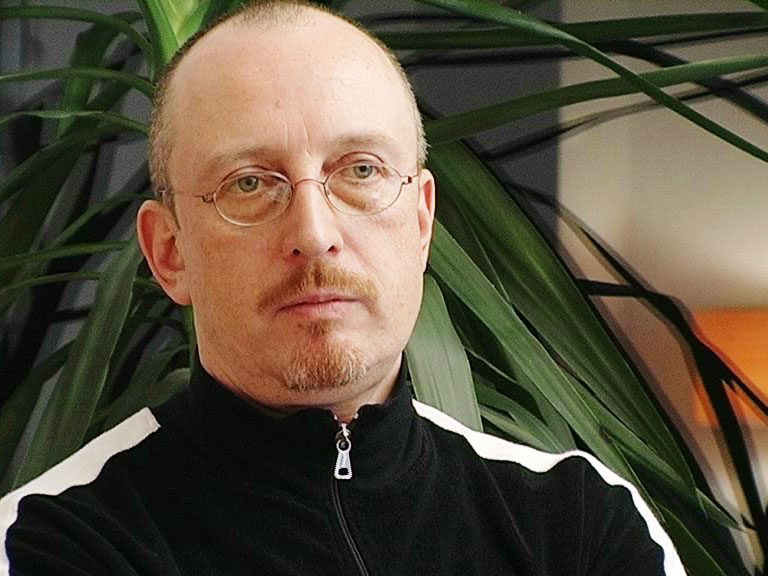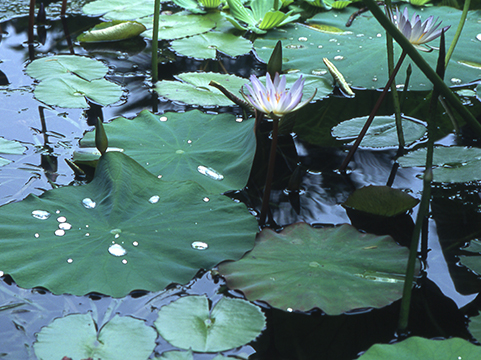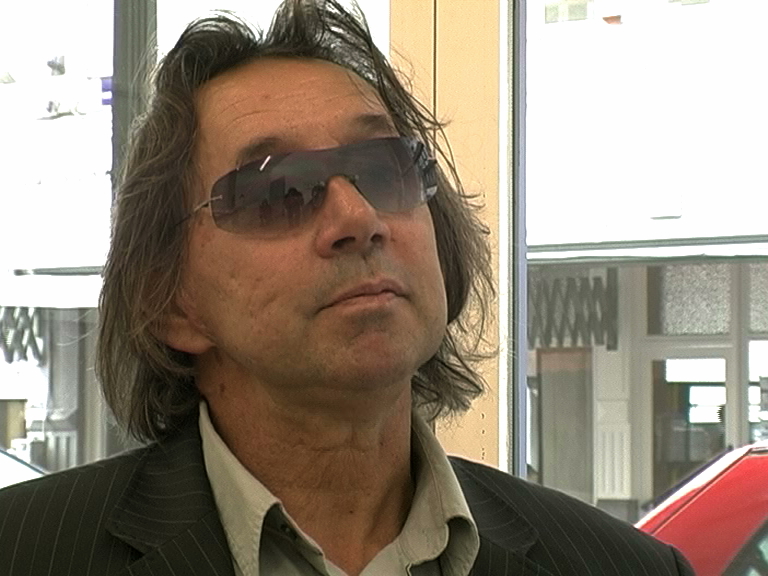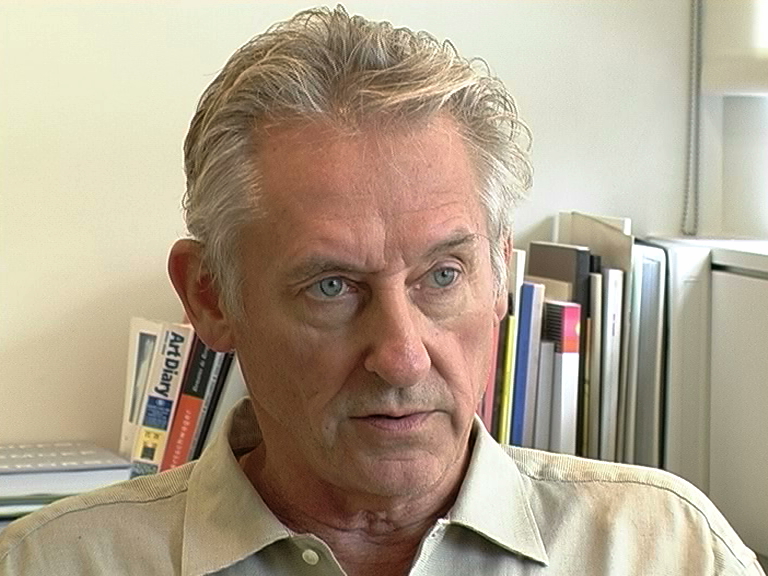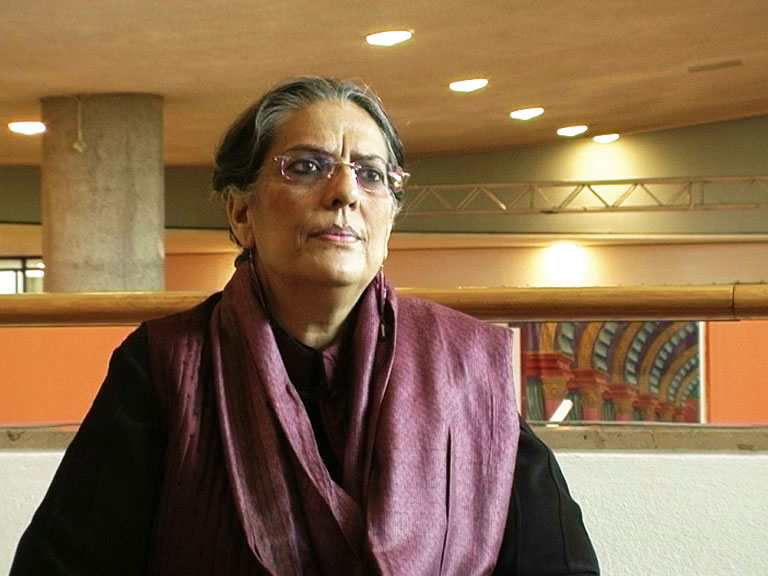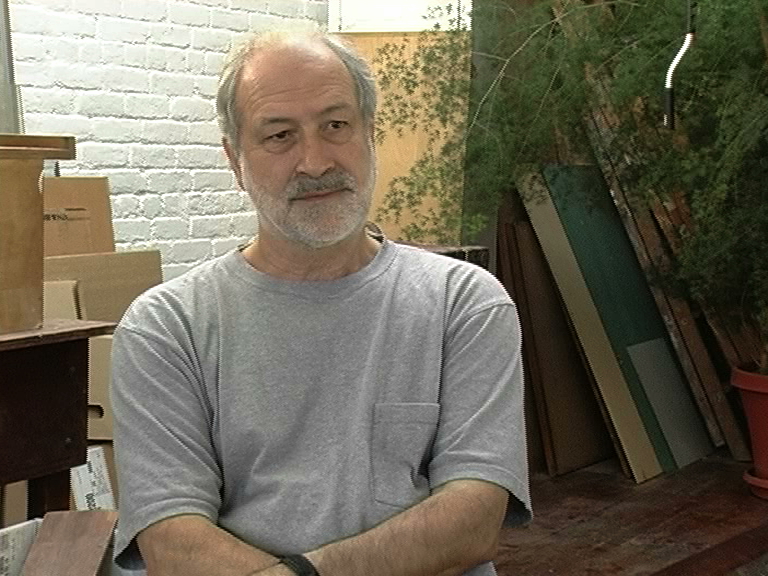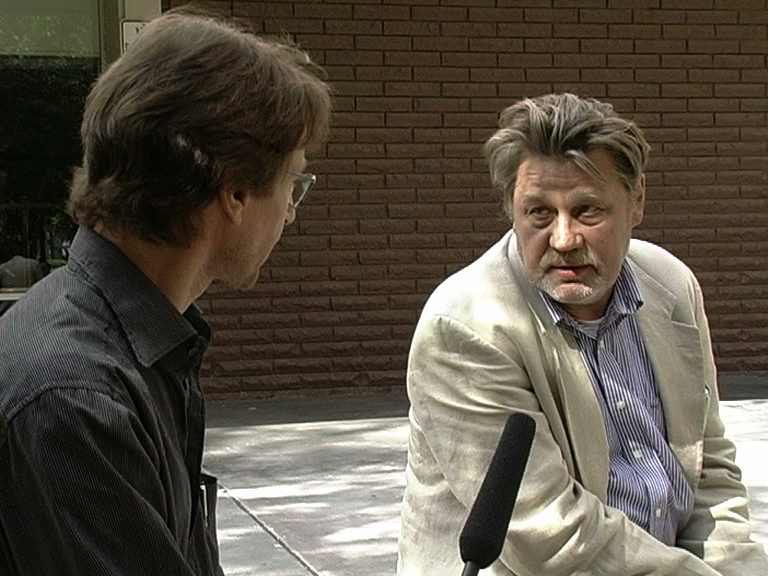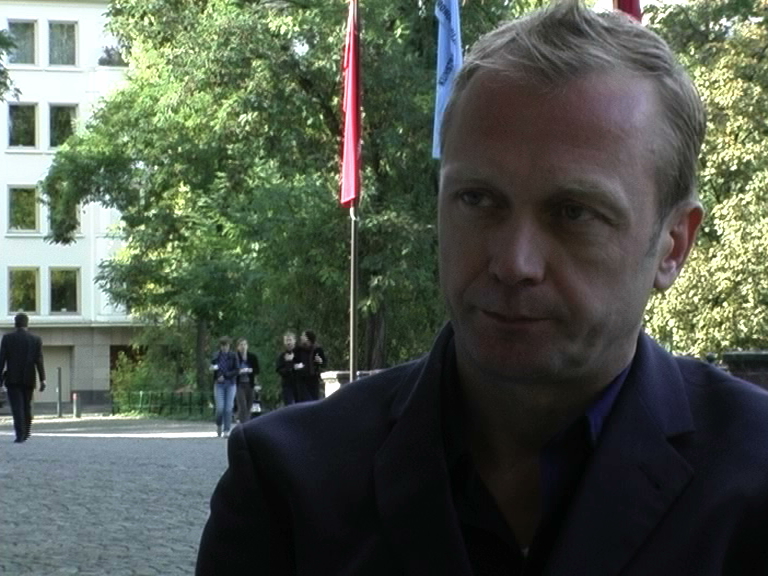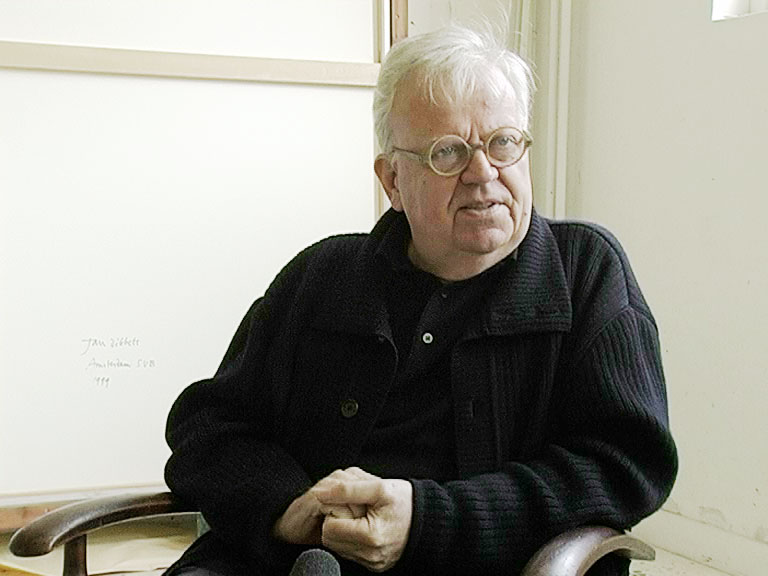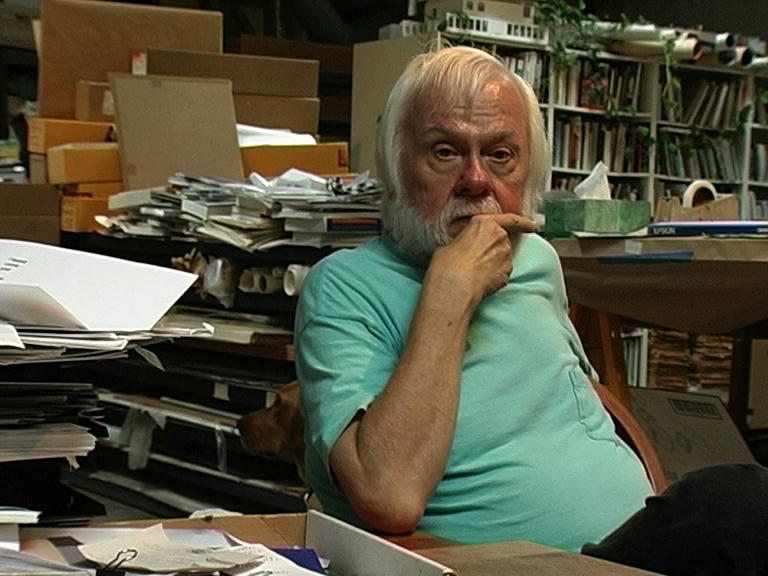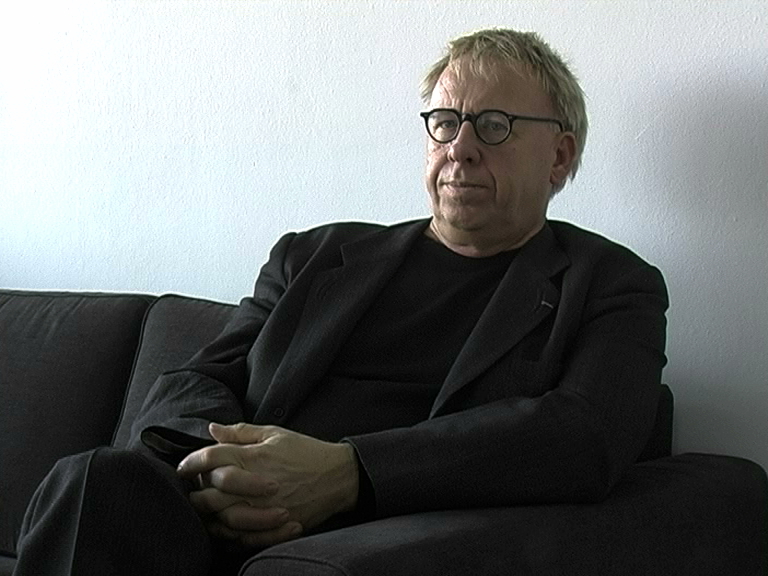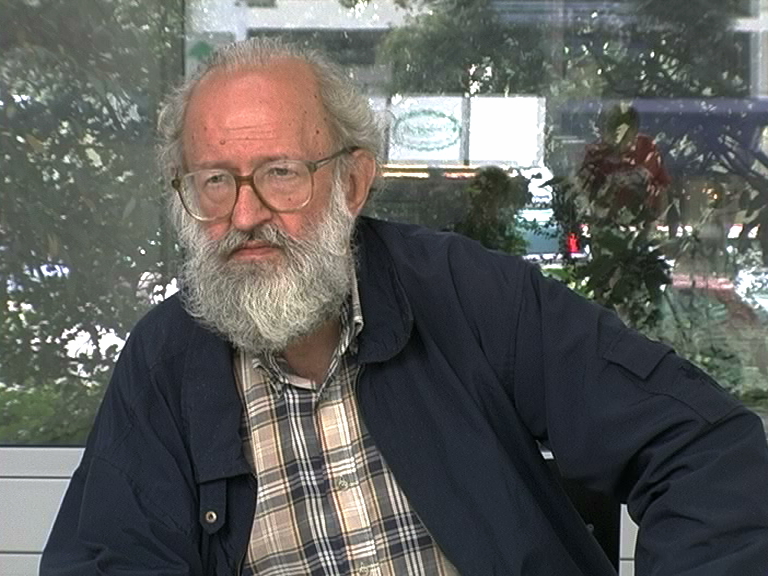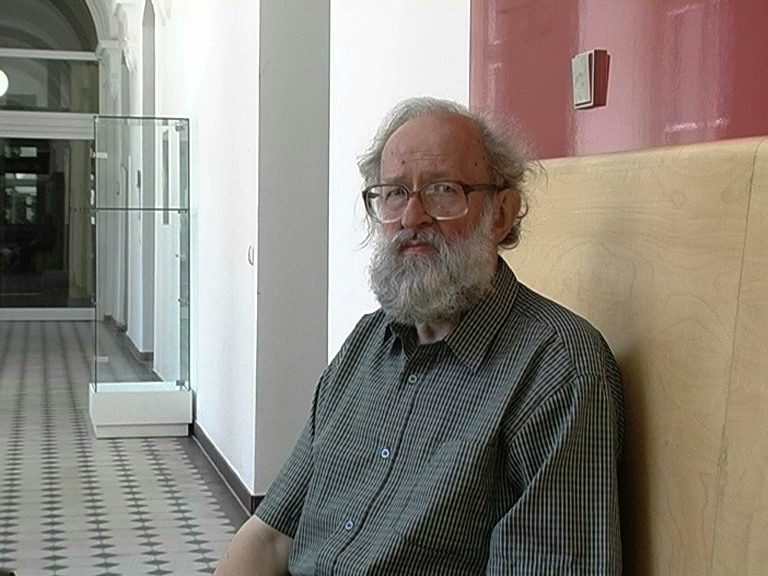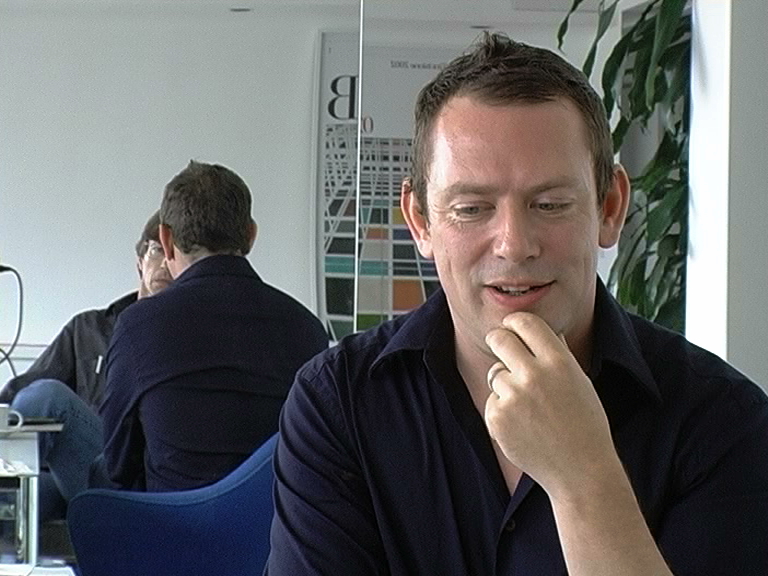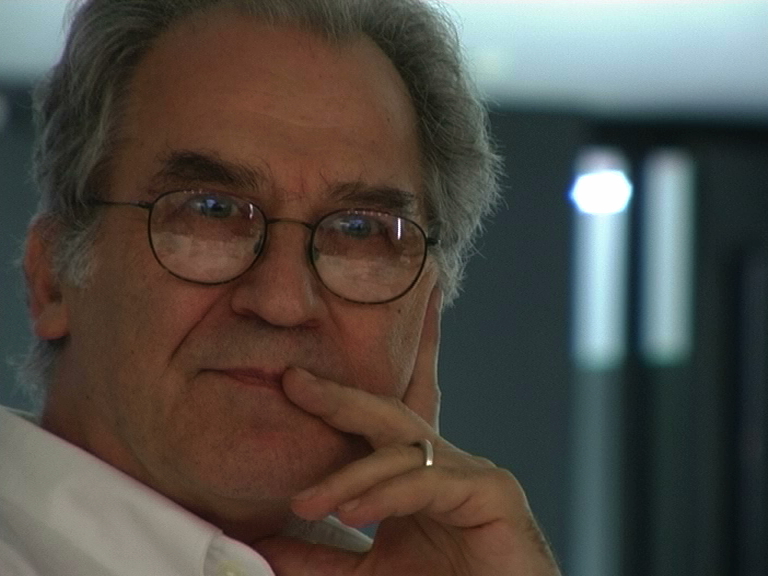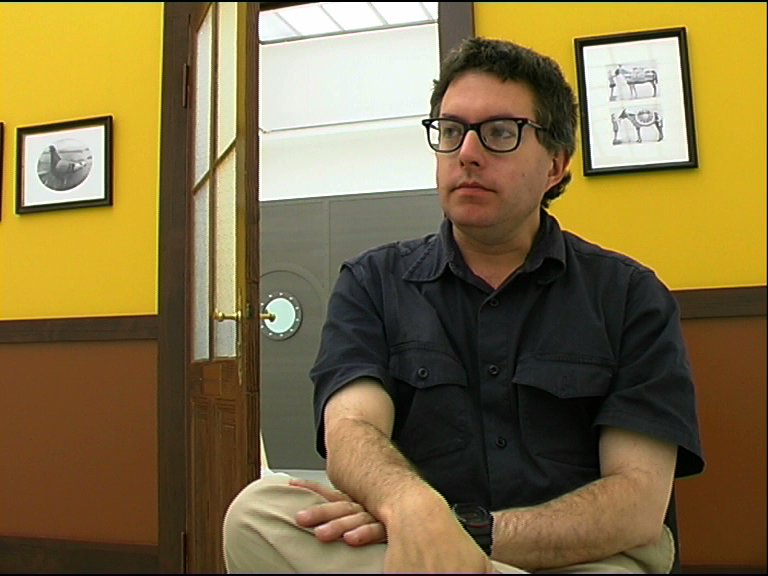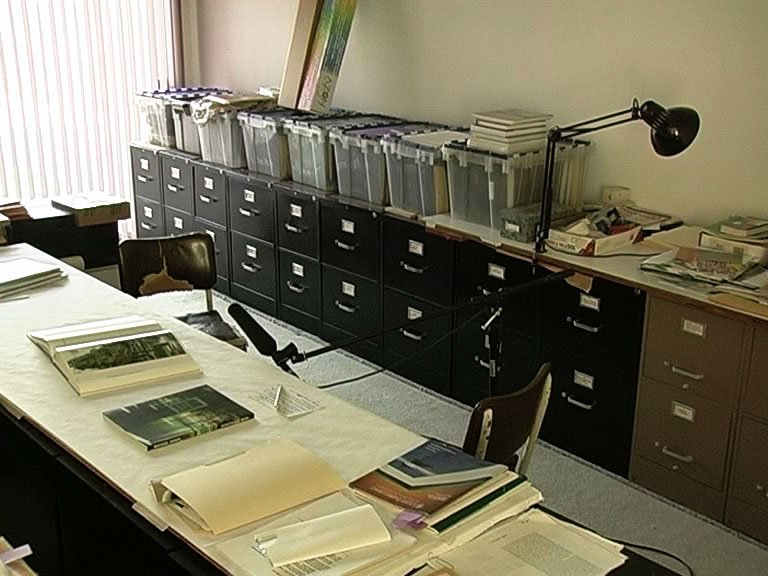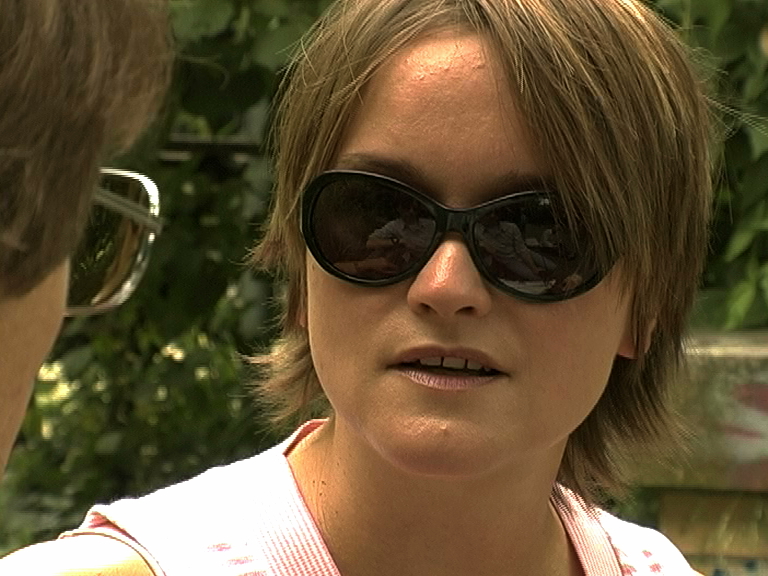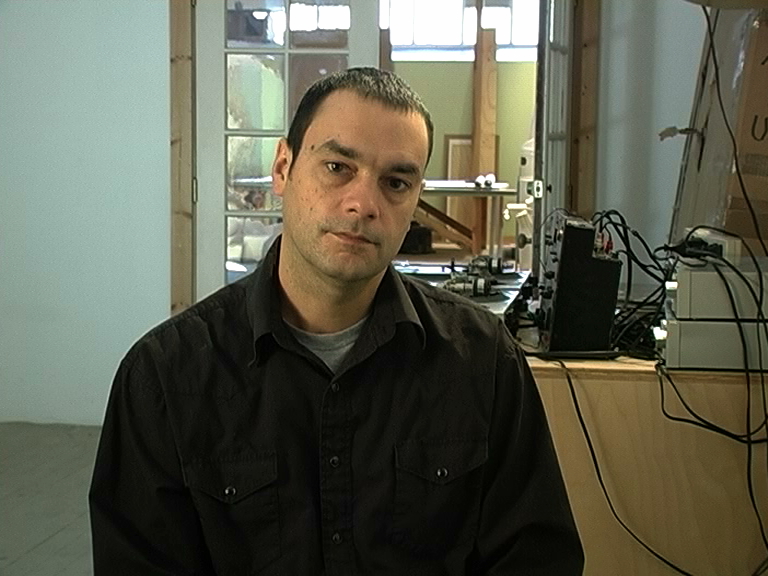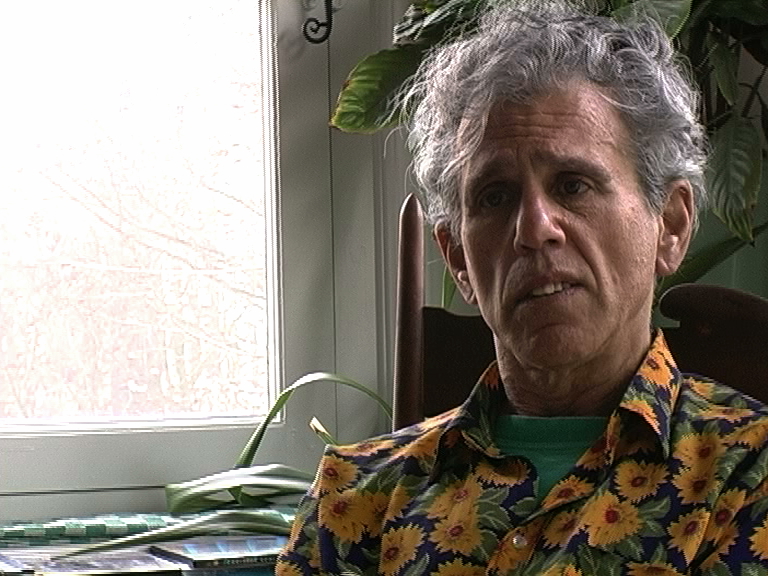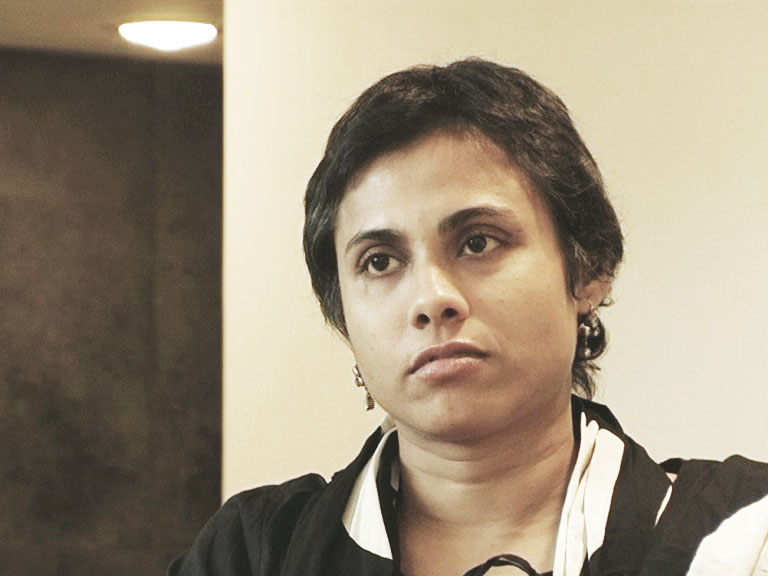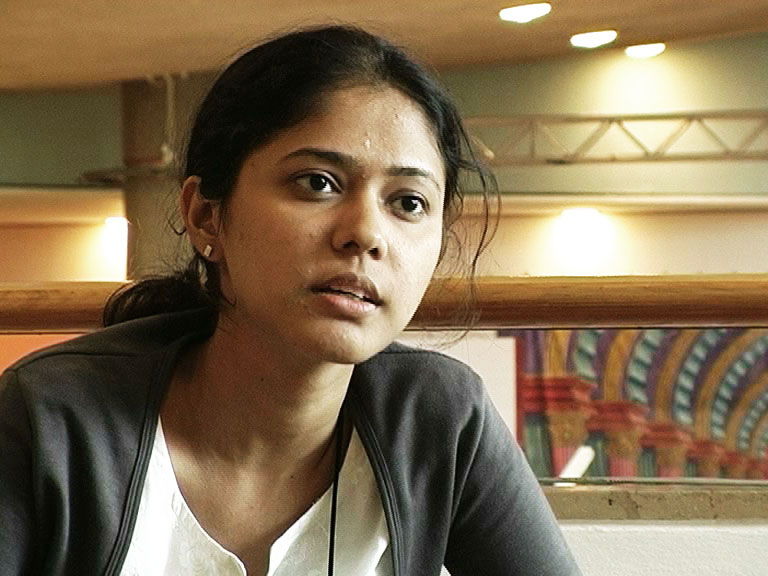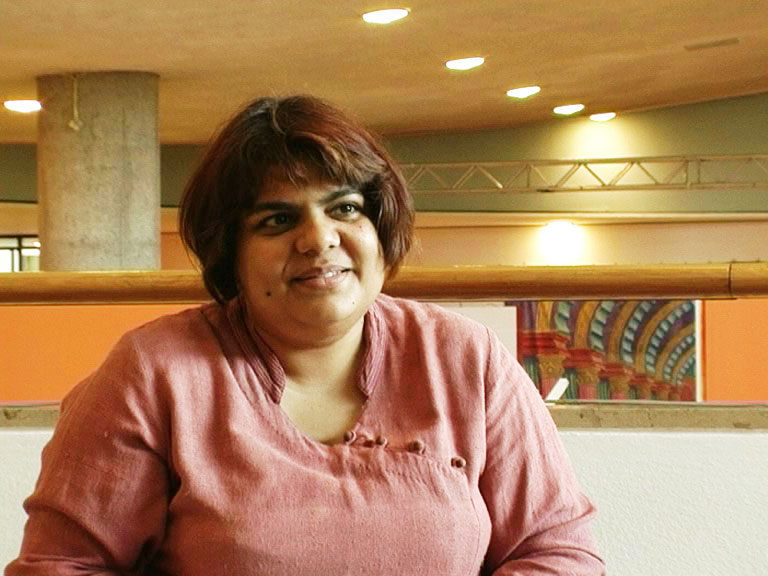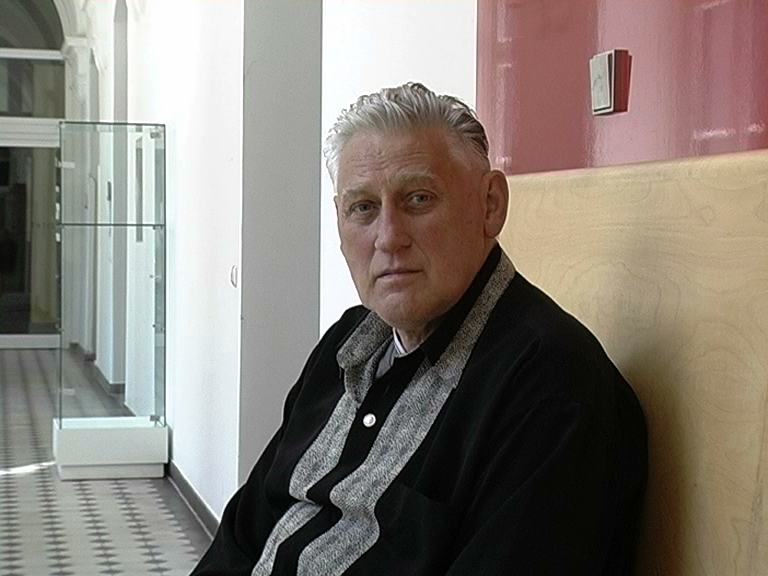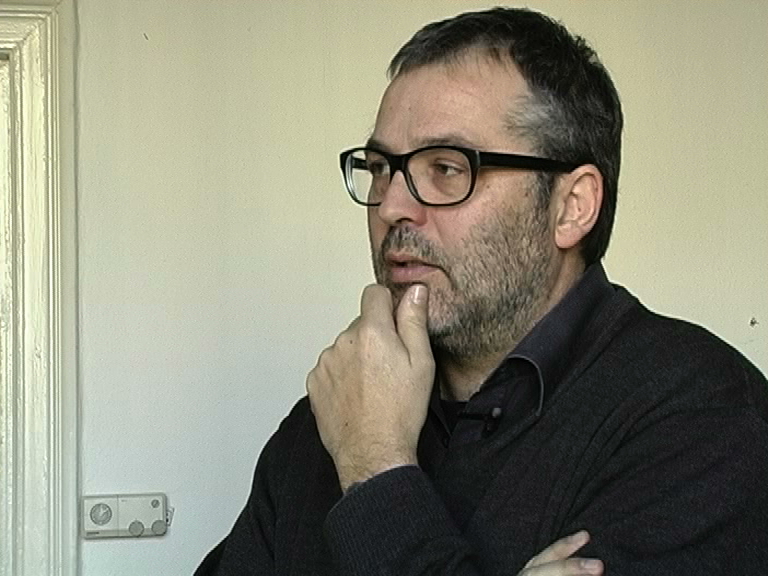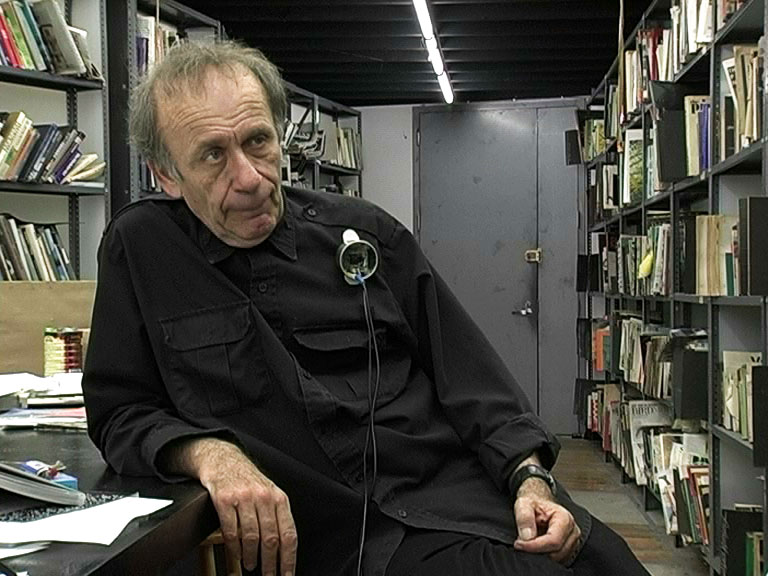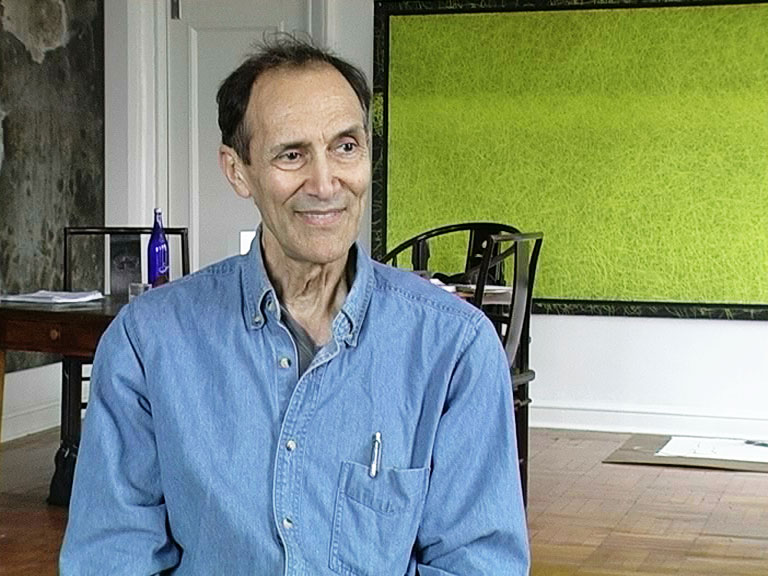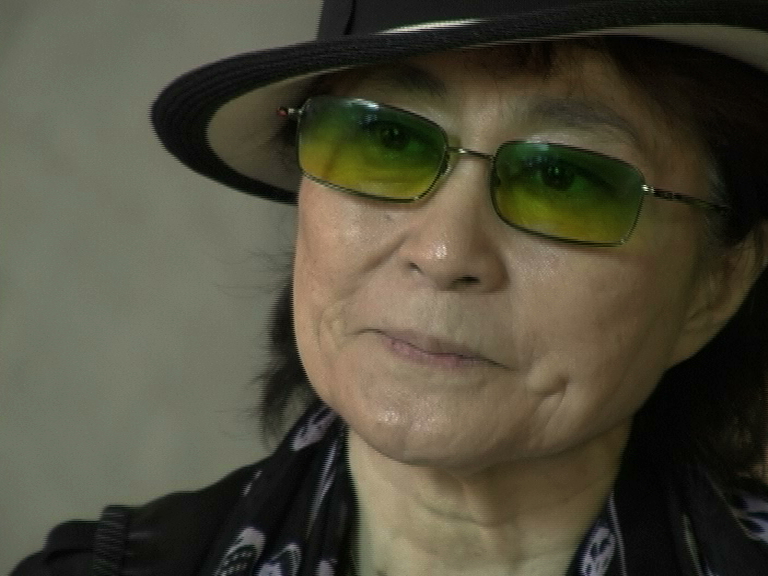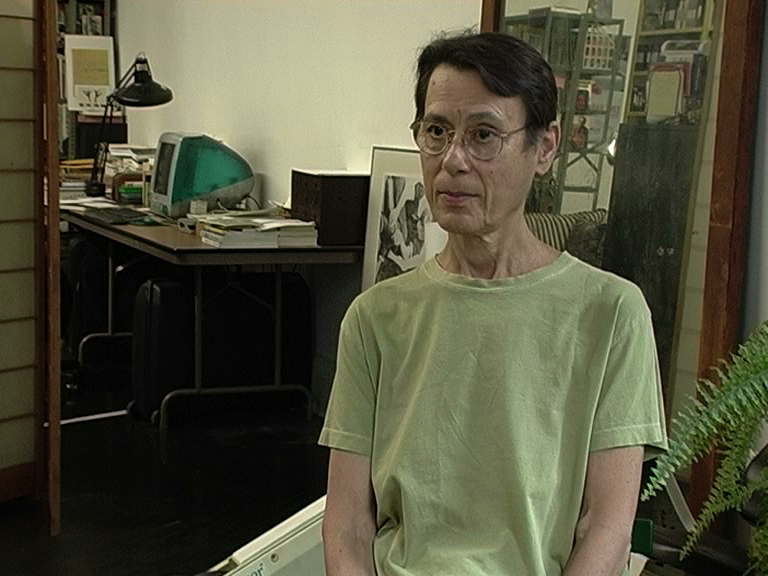S.R.: How do you see your own work as an intellectual process, how would you describe your work in relation to Conceptualism?
A.J.: First of all I’m very much of a painter, and this particular work which you see it’s called “Back to…(?)“. It’s basically an appropriation from a newspaper chess-puzzle. And it deals with this idea of trying to find your own spaces within a certain environment. This particular work came out of this idea when I went to Amsterdam for one and a half years. It was difficult for me to paint out there, to do anything because I was not at all getting related myself to the particular environment. So in the beginning I was just stuck up with this Rijks Academy and I did a few works here and there. But with time I started understanding this concept of making my own space within that particular environment or trying to have a certain kind of dialogue with my own self rather than with the environment which was very difficult for me at that point of time. The kind of work that I was doing earlier was more to do with the idea of understanding the local because I was staying in the slums of Bombay where the idea of the homegrown philosophy is very very strong out there. So I thought that would be the starting point when I go to Amsterdam. But it was exactly the other way round. I couldn’t identify myself even to. So forget about the locals of Amsterdam (Krach) So again coming back to this work, this particular work was also if, there was a possibility that I could use my nostalgia and at the same time my current influences. So what you see in this work is trying to create spaces to this interaction of the current influences, at the same time talking about my nostalgia, about my childhood memories to make myself feel comfortable.
S.R.: What was the strongest influence on your work?
A.J.: It was the idea of distance which evoked this particular work. The struggle was always trying to bridge the gap between the two. Again the kind of attitude that I had earlier in Bombay. And you have to shift up completely to form, to create new structures for yourself to have a dialogue with the rest of the people out there. That idea of distance was almost the strongest element.
S.R.: Which practice in the history of art is your favorite?
A.J.: I think that the period of Romanticism and even the art that was practiced during the French revolution; and one of my favourite works is “The death of Marat“ by David, which evoked, which definitely made a contact directly with the people and which did help to boost the revolution. That particular period especially with that particular artist. I think he plays a very strong role. If I could use my works in that language that would be more fantastic.
S.R.: Do you have a specific aim with your practice?
A.J.: For me it’s, because I’m going back again after two years, for me that would be more interesting when I go back. At the moment the struggle is very strong with my own self when I’m in Amsterdam. When I go back things will again push up in a new way probably, so I’m looking forward to that.
S.R.: How do you describe your ideal typical daily work as an artist?
A.J.: I think it’s the continuous evolution of it in small patches, it’s more important. It’s also for me important to go to the studios and to do small jottings and drawings. My whole work is built up in almost so many smaller and smaller ideas, and then they join them together to form a clearer vision. And at times it goes back because I do write a small diary, small notations do help me. Maybe not at that time but do help me in the years to come.
S.R.: Thank you.






